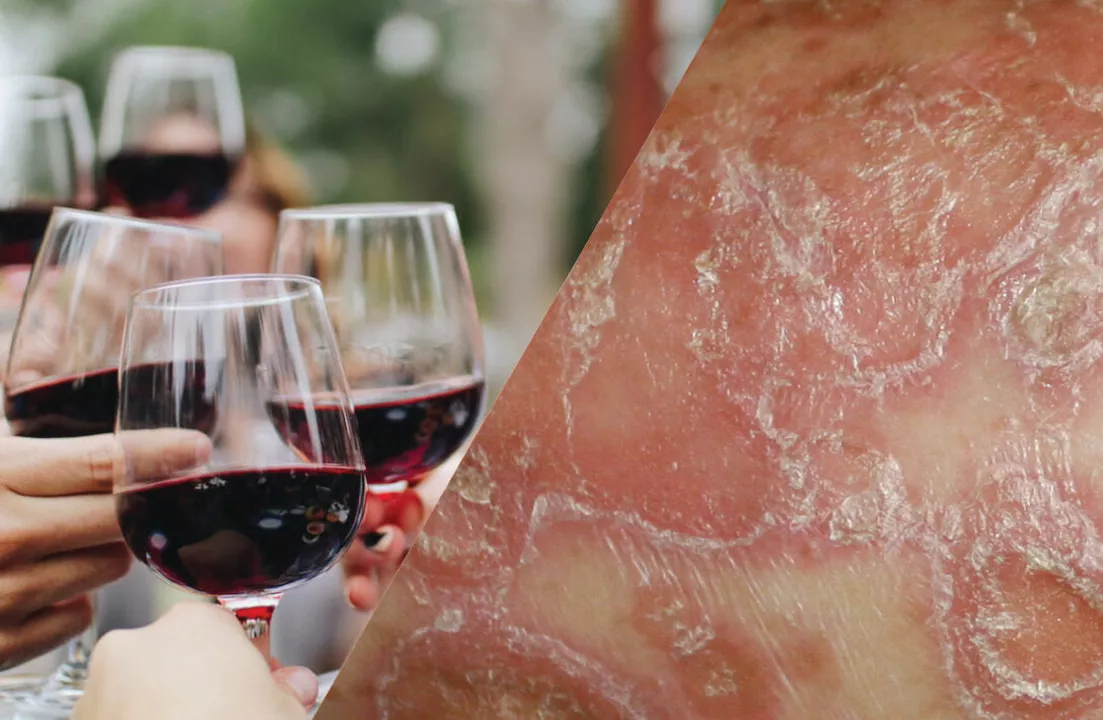Plaque Psoriasis: How to Spot It and What Helps
Flaky, raised red patches that itch or sting and won’t go away? That’s plaque psoriasis. It’s the most common type of psoriasis and usually shows up on elbows, knees, scalp, lower back, or around the nails. Patches can be small or cover large areas, and they sometimes crack and bleed.
What causes it? Psoriasis is driven by the immune system. Skin cells overgrow and pile up faster than normal. Triggers commonly set off flare-ups: stress, colds or strep infections, certain meds, heavy drinking, smoking, and dry or cold weather. Even a small skin injury or sunburn can create a new patch where the skin was hurt.
Practical home care you can try today
Start with routine care that helps most people. Use a thick, fragrance-free moisturizer right after showering to lock in moisture. Choose gentle, soap-free cleansers and lukewarm water — hot water dries skin. For thick scales, a mild salicylic acid product or coal tar shampoo can soften the flakes so treatments work better.
Try short, warm baths with a little mineral oil, bath oil, or oatmeal to soothe itching. Pat skin dry instead of rubbing. Avoid tight clothing that rubs patches. Sunlight can help some patches, but protect skin from sunburn — a short, controlled exposure is different from tanning or burning. Cutting back on alcohol and quitting smoking often lowers flare risk.
Treatments and when to see a doctor
Topical treatments are the first step: steroid creams, vitamin D analogs, and combination creams clear many patches. For scalp psoriasis, medicated shampoos and oil treatments used overnight can reduce scale. If patches are widespread or causing major discomfort, doctors may suggest phototherapy (light treatment) or systemic drugs like methotrexate, cyclosporine, or newer biologic injections that target the immune system.
See a dermatologist if psoriasis covers a large area, affects the face or genitals, causes nail changes, or if joints are painful or swollen — that could be psoriatic arthritis and needs prompt treatment. Also get help when the condition affects sleep, work, or mental health. Don’t stop prescription medication suddenly; talk to your provider first.
Simple daily habits add up: regular moisturizing, gentle skin care, avoiding known triggers, and early medical advice when things worsen. If you want a specific plan, ask a dermatologist about treatments that match how severe your patches are, your lifestyle, and any other health conditions you have. Finding the right team and routine can really reduce flares and make skin easier to live with.

Plaque Psoriasis and Alcohol: What You Need to Know
- by Colin Edward Egan
- on 29 Apr 2023
As someone who has been researching plaque psoriasis, I've discovered that alcohol can play a significant role in exacerbating this skin condition. It's important to understand that excessive alcohol consumption can lead to flare-ups and increased inflammation. Moreover, alcohol can interfere with the effectiveness of psoriasis treatments, making it even more difficult to manage. For those suffering from plaque psoriasis, it's crucial to be aware of the potential impact of alcohol on your skin's health. By reducing or eliminating alcohol intake, you can significantly improve your symptoms and overall well-being.
